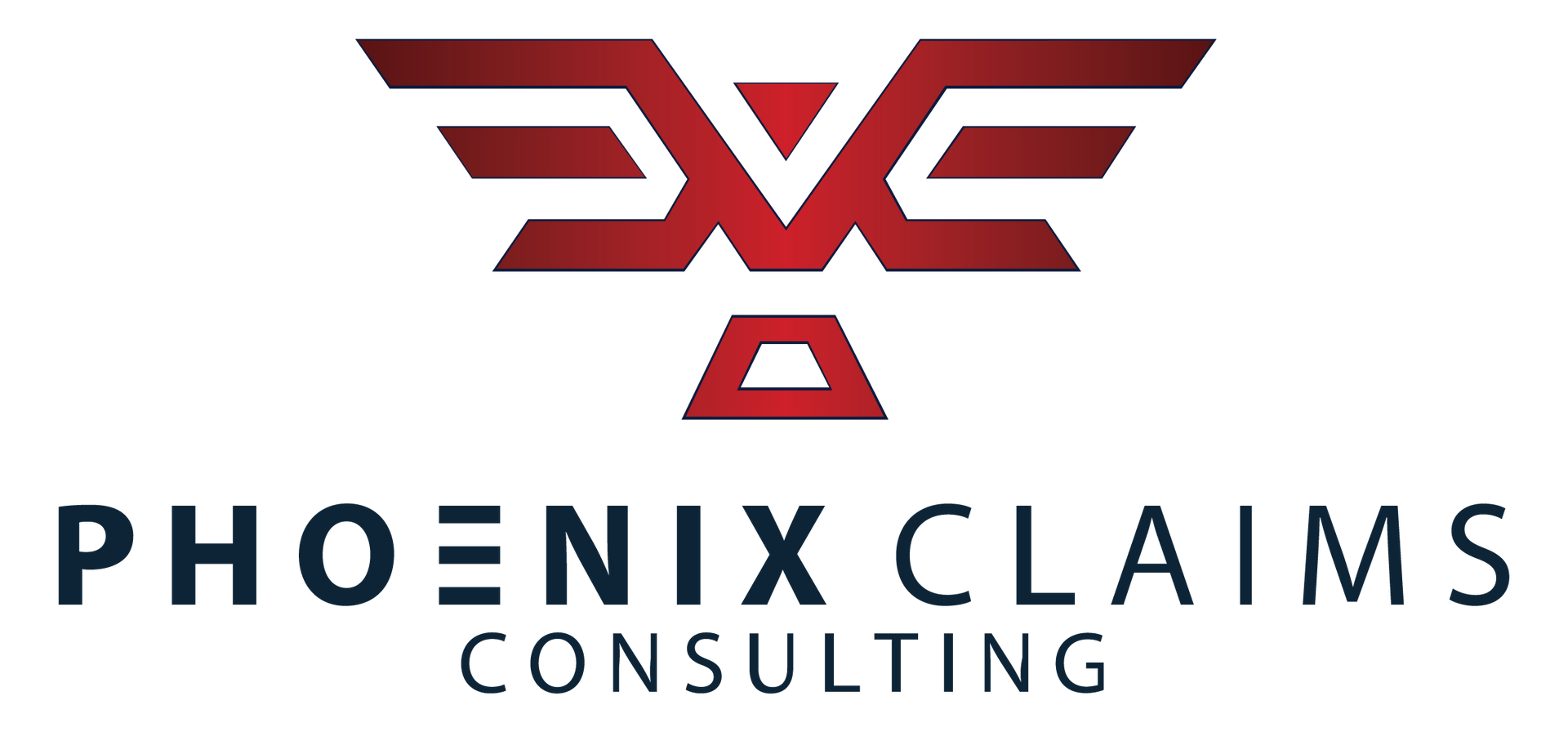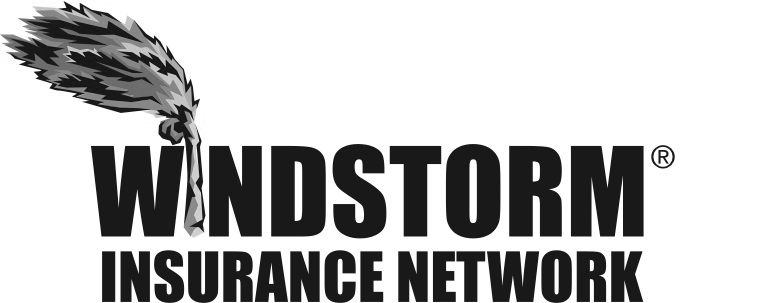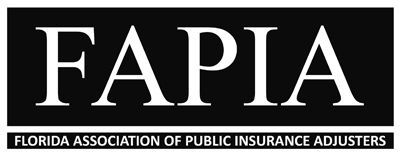Storm Damage
A storm is defined as any disturbed state of an environment or atmosphere affecting its surface, and strongly implying sever weather. These conditions can include strong wind, hail, lightning (thunderstorm), heavy precipitation (snowstorm, rainstorm), heavy freezing rain (ice storm), strong winds (tropical cyclone, tornado, windstorm) or wind transporting some substance through the atmosphere as in a dust storm, blizzard, sandstorm, etc.
WIND / WINDSTORM
High velocity winds can damage your residential or business property in a matter of minutes. After all, it's impossible to predict the timing, strength and potential damage of any storm. Keep in mind, windstorm is a covered peril on a standard homeowner's insurance policy, thus having a provision for making temporary repairs. You should take necessary steps to protect your property from residential windstorm damage. You may have tarps installed on the roof, siding, or broken windows to protect the interior from water damage.
High winds can cause debris to fly into your home or structure, cause trees to fall and lift parts of your home loose, even ripping shingles from your structure. Gusts of wind at 75 to 85 miles per hour can easily raise poorly-sealed shingles off your home in a second, exposing your roof to additional water damages. Microbursts, macro bursts, firestorms, gales and other wind phenomena can all produce damaging winds.
TORNADO
One of the most terrifying property damage types to experience, tornados can unleash catastrophic losses in just minutes. The last thing anyone wants to deal with after suffering this type of loss is their tornado damage insurance claim which often times proves to be almost as catastrophic as the storm itself. Our adjusters have extensive knowledge of the damages often associated with a tornado damage claim. Let us take on the burden of handling your insurance claim while you begin to put your life back together. Understanding the insurance claim process or working with someone who does can make the difference of recovering what you should under your policy.
When that structure is damaged by a tornado, recovering the maximum amount of money needed to repair or replace the damaged property or business will certainly be the biggest challenge one could ever undertake.
Due to the severity and emergency nature of tornado claims, there are certain considerations that apply specifically to these claims. Call your claim in immediately. As the resources of local adjusters for your insurance company are limited, the quicker you react then the better your customer service will be.
You will need to save all of your receipts for storm related expenses: tarps and protections, storm expenses, temporary housing, costs from eating out due to a lack of facilities. Keep all of your receipts no matter how inexpensive they may be.
High winds from a tornado can tear off roofs, overturn vehicles, and affect the structural integrity of buildings. If rain were to follow thereafter, it would cause extensive damage by entering the damaged properties openings. Property damage claims due to wind and water must be handled correctly. In most cases you must be able to prove that the water damage was a direct result from the exterior damage that the tornado created. This can make a tornado claim especially difficult, and typically is best left in the hands of an expert, such as a public adjuster.
You may need to use other endorsements such as mold coverage, loss of use, law and ordinance, or even a supplemental policy for fold damage.
It is Your responsibility to protect your property from further damage
Many are shocked to find out that it is their responsibility post-storm to protect their property from any further damage. Failure to comply with this obligation could result in denial of coverage. Below are just a few points that may need to be addressed in order to fulfill this obligation:
Hiring security guards to protect the property, Demolition of damaged building components – if proven to be unsafe, boarding up windows, doors, entryways, mitigating any water damage or mold by removing carpeting, drywall, etc.
It is also Your responsibility to document your damages. There are numerous ways to document your damages, whether it is by taking pictures or videotaping the premises. It is always a good idea to document the damages to your property. Do not rely on your insurance company to do this for you as it is your responsibility to prove your losses to them. In order to do this, you will need to have an accurate inventory of items that were destroyed. Everything should be documented completely so that you can be reimbursed fully.
HAIL
Understanding Hail Damage Claims - Don't depend on the insurance company to tell you what they want to pay you. Instead, get the claim settlement you deserve under your policy.
Do not be victimized in the adjustment and repair replacement process resulting from hail damage. It just makes good sense to have a team of insurance claim professionals working on your side to get you properly covered for your hailstorm loss. Filing a property insurance claim and successfully recovering your financial loss from hail damage can be quite challenging given the many insurance policy coverage issues that arise and the discretionary nature of the insurance adjusting process. Many adjusters and the insurance companies they work for may have different adjusting standards outlined in their respective claim department manuals. If a hailstorm is severe enough, visible damages should be obvious and undisputed by the field adjuster inspecting the damages and thus coverage of the loss should be confirmed early on in the process. This is the easy part.
With many hail claims however, there will be other issues you will face such as the scope of damages and the dollar amount your insurance adjuster says you are going to get paid given the insurance policy terms and conditions. Often, the assigned insurance adjuster’s training, experience and knowledge of this type of adjustment process will play a very important part in how your claim is both valued and settled.
A common issue that arises is if you will be paid to replace the complete roof or if a patch job will be offered as a partial repair. The next question is if the insurance adjuster will apply depreciation to your roof and if so, is it fair and reasonable? While auguring over the scope of loss and price of the repair may seem like a good thing, (at least the insurance company acknowledges that you have a covered loss) there are many other cases where the insurance company will dispute that the damages were even caused by hail, claiming previous wear and tear. This is a common dodge that we see all over the country and this is where you may need the professional help of a public adjuster that will represent your best interests and be able to get technical with your insurers claims staff.
Remember, knowledge and information is power. Do you know the questions to ask as well as what you are entitled to in an insurance loss adjusting process from a hail event? If you have hail damage to a modified bitumen roof, a buildup roof, sprayed polyurethane foam application, metal roof, cedar shake roof or any number of tile roofs, chances are you have recoverable damages as a result of a severe hail event in your community. Read our document on How Hail Damage Effects Different Roof Types. Your roof is one the most important building components of your property. You need to have the damages documented and the adjustment process completed professionally to get you properly indemnified for your loss. A fair and honest settlement to properly fix your roof damage and any other siding property damage is not only important to protect your biggest property investment but should also be in the best interest of your insurance company as well.
LIGHTNING DAMAGE
Lightning damage is a concern for both residential and commercial property homeowners. If you are outside working or playing and hear thunder or see a thunderstorm, then you need to get inside your property. What happens if it gets struck by lightning? Typically, lightning tries to find the fastest route to the ground and if it hits your structure it will travel through the fastest available routes to the ground. Normally this includes electrical wiring, plumbing, cable or telephone lines, antennas or satellite dishes, and/or steel framework. The primary reason being inside during a thunderstorm is because homes and buildings typically have an abundance of grounding paths.
When lightning does hit your property it can cause major damage to your electrical appliances and plumbing. It can even cause it to catch on fire and cause smoke and fire damage; we have occasionally observed structural damage as well.
ICE STORM & SNOWSTORM
Ice storms and Snowstorms can cause a variety of property damage. Full or partial roof collapse, ice dams and frozen pipes are the major threats that homeowners should be aware of during periods of extreme winter weather. Heavy snowfall and ice buildup can threaten your roof’s structural integrity, but also lead to water damage as snow or ice melts and seeps into your home. Extreme cold snaps can freeze pipes, which can cause significant water damage if the pipe bursts. There was also significant damage from downed trees and limbs, along with claims for wind, snow melt leakage, food spoilage and out-of-pocket living expenses for people forced out of their home due to storm. The freeze-thaw cycles of snow and ice can lead to damaged roofs, walls, gutters, ceilings, floors and furniture.
Take steps to protect your home when extreme weather is forecasted. After one of these storms, you should check for new water leaks inside the house originating from the roof or attic area, new internal door jams. If doors become difficult to open, it could be a result of additional snow or ice loads on the roof, new cracks in the drywall or plaster could also result from additional snow load or ice weight in the center of the house, and on sloped roofs, sagging on the ridge-line (where the two sides of the roof meet) could be an indication of a potential roof collapse.
If you have an ice dam on your roof, do not try to remove it. Instead make channels every 2 to 4 feet to allow the water to flow. Trying to remove an ice dam can cause more damage to your roof. Also, if you remove the ice dam and it falls off the roof it can damage gas values, electrical lines, bushes, or other personal property.
HURRICANE OR TROPICAL STORM
Probably the most visible of the property damage types with global media attention and sometimes 100,000’s affected property owners with just one event, hurricanes are simply one of the most destructive events on earth. Don’t let it become one for your financial and personal situation. These events tax the insurance industry as a whole to provide claim assistance and resolution to so many people in such a short time. As a result, claim adjusters are brought in from remote locations that are sometimes just part time adjusters, overburdened with claim assignments, or uniformed about local building codes. As a result, property and business owners are at a huge disadvantage to quickly be made whole. Claims are routinely denied or underpaid. It can take weeks or months to have your claim investigated much less settled. There couldn’t be a more necessary time to hire your own adjuster to ensure your claim is settled for the maximum benefits you are owed.
The Wind vs Flood dilemma… Often with hurricanes, properties are damaged by both the flood waters associated with storm surge, broken levees, or flooding that occurs from the massive rainfall as well as extremely high winds. As regular and wind only insurance policies do not cover flooding and vice versa, insurance companies often point to the other as the cause of loss. This is when having an expert opinion to sort through the various damages can be so beneficial.
If you have experienced hurricane damage, we can help. If your repairs did not cover what the insurance company sent, we can re-open your claim readjust it, and get you the money you deserve. No matter what sort of hurricane you may be dealing with having a public adjuster on your side during the discovery phase of your property loss can make all the difference in the world.





